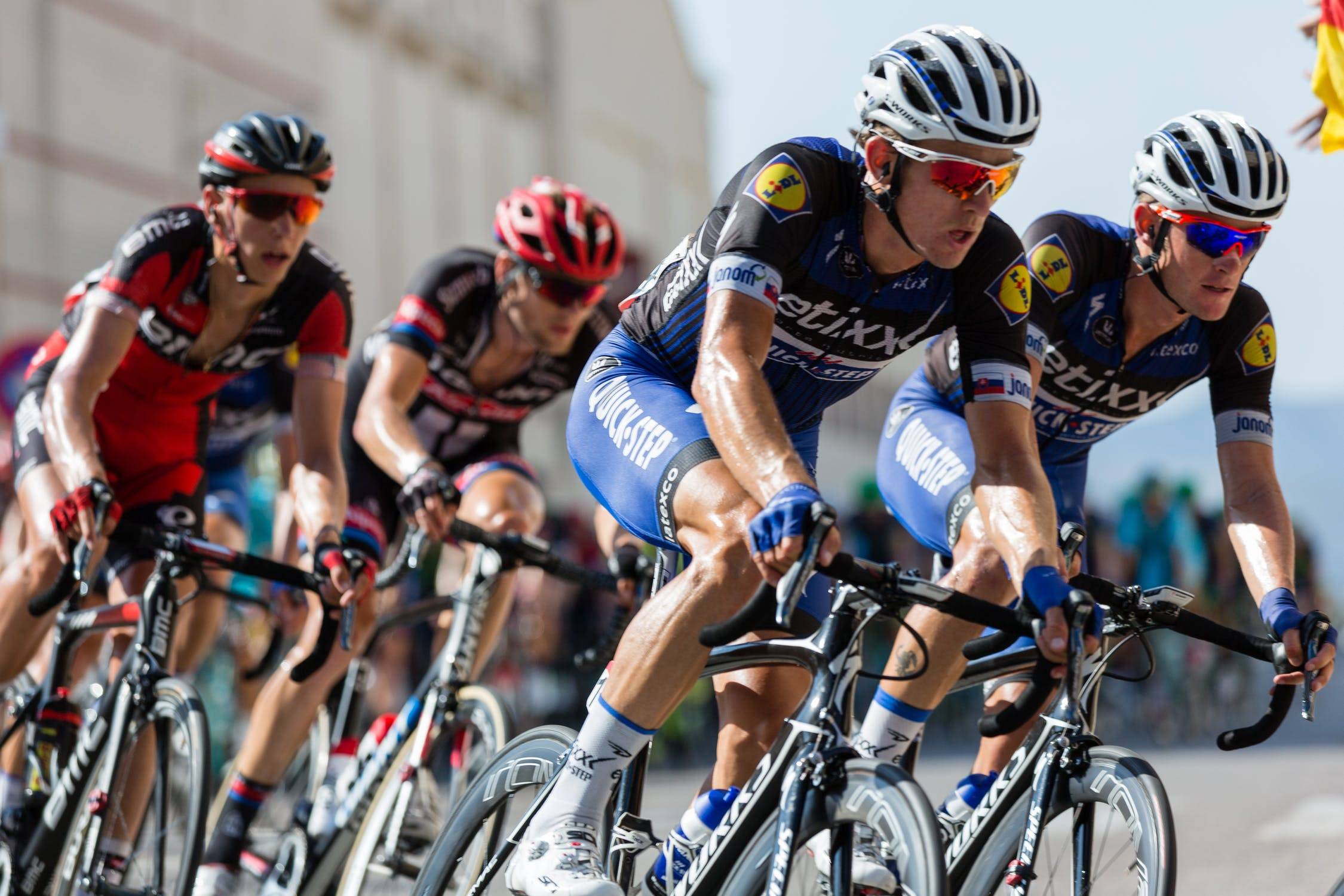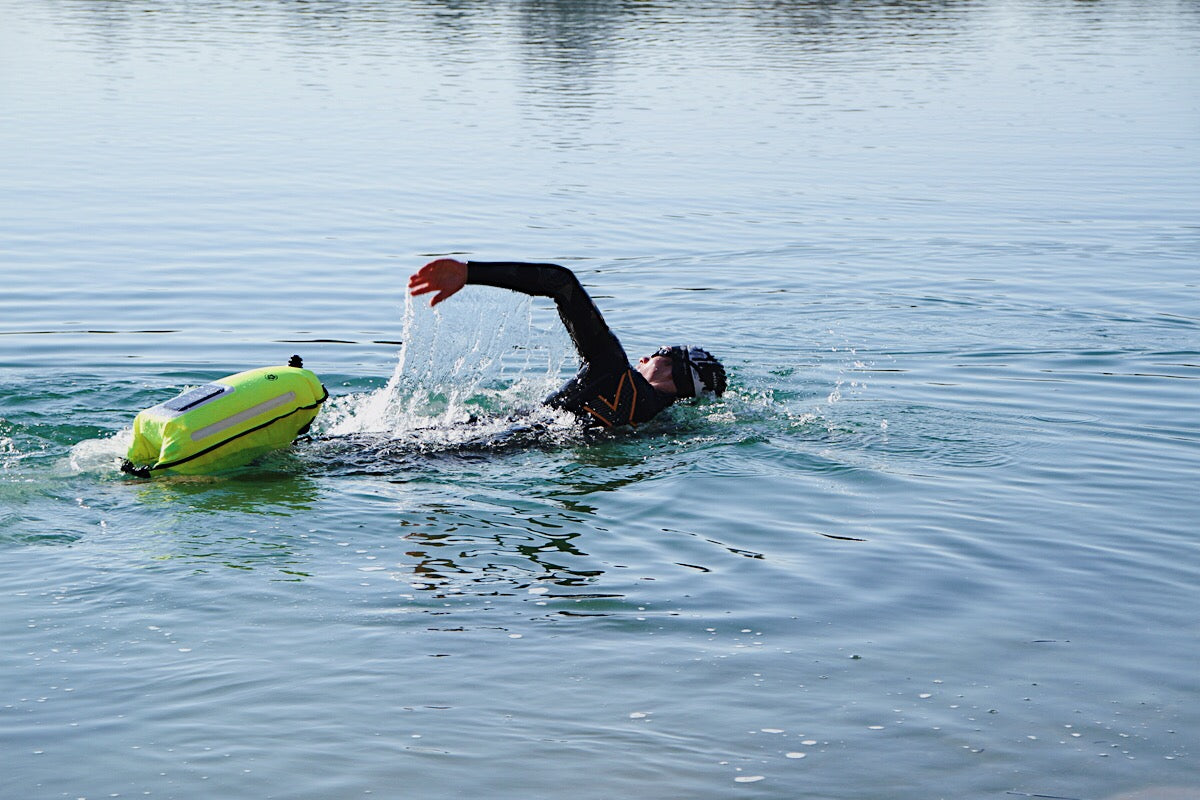Instead of fluttering jerseys or saggy one-piece suits, you can see perfectly fitting aerosuits more and more often on triathlon racetracks. Manufacturers promise better times thanks to the tight-fitting material and special cut. We tested whether this is true on the cycle track in the Aerotest. First, however, we looked around the market.
Of course, the choice of competition clothing is as individual as the choice of all other equipment. Depending on size and physique, preferred distance, preferences and habits, nobody knows better than the athlete himself what he needs. When it comes to perfect aerodynamics, there are still a few things to consider.
Skin-tight = streamlined
The most important argument – as our test report will show in the next few days – is that the suit fits perfectly. The fewer wrinkles and folds, the better its aerodynamics. It is also important to keep an eye on the supposedly small details. Is the zipper well "packed"? Are the food pockets tight fitting? Does the collar fit well?
Long sleeves can bring a small advantage. But be careful: If there is a risk of swimming without a wetsuit, the one-piece suits with sleeves must not be worn under the swimsuit. The corresponding paragraph can be found in the sports regulations of the DTU on page 20:
"If swimming with a thermal protection suit is prohibited, the swimwear must not cover any parts of the body on the arms below the elbows and below the knees."
It is then important to consider whether getting dressed after swimming takes more time than you can save on the bike course.
Nice side effect
Of course, the aero suits also contain ultra-modern technologies such as cold black (black surface that still reflects the sunlight), lotus flower effect (clothing no longer gets wet), compression effect or welded seams. Such high-tech ensures fast swimming, even without a wetsuit (in the case of the sleeveless suits), or optimized heat and sweat transport management.
Test small, start worry-free on a large scale
As with any material, it basically makes sense to test your competition clothing before the season or before a competition. This is the only way to determine whether the clothing rubs, pinches or pinches, and whether the various pieces of equipment (shoes, start number strap, goggles, etc.) work well together. If weak points are discovered, the material can be exchanged before the race, or chafing can be minimized with the help of BodyGlide or Vaseline.




















